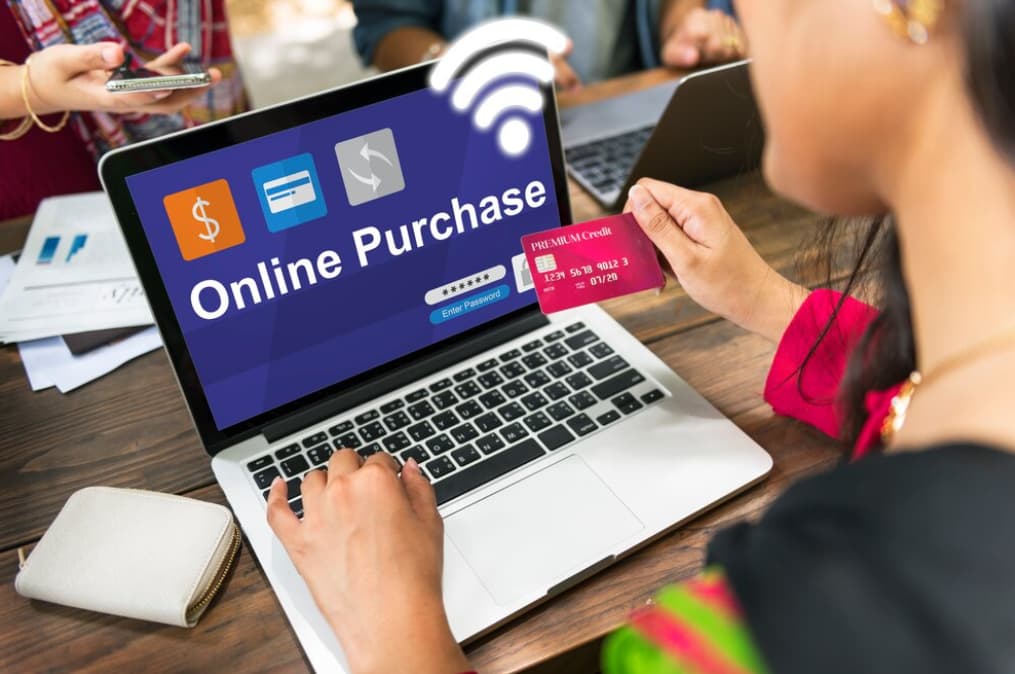
The rise of technological advancements has greatly improved the efficiency and convenience of daily services, especially within the realm of finance, where digital payments stand as a revolutionary development. For individuals and businesses eager to adopt these contemporary methods of transaction, insightful knowledge about electronic payments is crucial. Among the most streamlined methods for facilitating diverse payments are Consolidated Payment Gateways and Automated Clearing House (ACH) systems. Exploring expert tips for easy e-payments, it’s crucial to delve into the question: Are ACH payments safe?
With electronic payments, the traditional methods of swiping cards, handling cash, or writing checks are becoming obsolete. Instead, a simple entry of information into an online form and a click of a button can complete transactions. This method, known as e-payment, has risen to become the favored choice among consumers for its ease and efficiency.
Exploring Electronic Payment Systems and Their Uses
The domain of electronic payment systems offers a wide array of digital transaction methods that have transformed the traditional financial landscape, phasing out the dependency on tangible cash and paper checks. These digital transactions span across multiple platforms and methods, each with its unique attributes:
- The Automated Clearing House (ACH) network presents a robust framework for various types of electronic fund transfers, including but not limited to, direct debits for bill payments, e-checks for online purchases, and direct deposits for payroll and government benefits;
- Credit cards stand as a universal tool for financial transactions, offering deferred payment options and extending credit to users, facilitating purchases both online and in physical stores;
- Debit cards provide a direct and immediate withdrawal from the user’s bank account to pay for goods and services, with the added variety of prepaid debit cards, which are preloaded with funds and can be used similarly to traditional debit cards without the need for a bank account.

Within the realm of e-payments, three primary types of transactions are prevalent:
- Single Transaction Payments for Online Purchases: This payment type is a staple of e-commerce activities. Shoppers add items to their cart, input their payment card details, and finalize their purchase. The retailer then acknowledges the transaction via email. In addition to card payments, some retailers may offer the option to pay via e-check, requiring customers to submit their bank account details for an electronic funds transfer or for the issuance of a physical check;
- Scheduled Payments for Ongoing Charges: This payment approach is designed for the automatic settlement of regular expenses such as utility bills, loan installments, insurance, or subscription services. By arranging a direct withdrawal from one’s bank account or by pre-scheduling card payments, customers can efficiently handle their recurring financial commitments;
- Automated Payments for Business Transactions: Banks and payment platforms frequently provide services that facilitate automated bill settlements, known as “online bill pay.” This feature enables account holders to manage vendor payments online by supplying the necessary payee information and authorizing the bank for electronic fund disbursement. This system often allows the flexibility of opting for either manual submissions per billing period or establishing recurring transfers on a fixed monthly schedule.
Understanding Online Payment Gateways
Online payment gateways are a crucial component of e-commerce, acting as intermediaries that facilitate electronic transactions across the globe. These gateways offer a comprehensive range of payment solutions, making them an indispensable tool for online purchases.
Acting as a bridge, online payment gateways connect e-commerce sites to financial institutions, enabling instant transactions post-purchase. As soon as customers input their payment details on a website, their information is securely encrypted at the browser level and transmitted to the merchant’s site.
The encrypted data travels from the merchant’s server to the payment gateway via Secure Socket Layer (SSL) encryption, where it is safely decrypted upon receipt. The payment processor then relays the transaction details to the card network, which in turn communicates with the issuing bank.
Conversely, the process also works in reverse for refunds or other transactions, with the entire operation taking just milliseconds. A response from the issuing bank, confirming the transaction’s success or failure along with relevant codes and information, is required to complete the process. This information swiftly moves through the processor, card network, payment gateway, merchant’s site, and ultimately, back to the customer, all within a few seconds.
Implementing Digital Payments in Your Business

Understanding and implementing electronic payment systems is becoming increasingly vital for businesses looking to modernize operations. A variety of digital payment solutions are available, catering to different business needs. Once you’ve chosen the most suitable payment method, it’s crucial to comprehend its functionality and operational procedures.
Comprehensive solutions that streamline electronic transactions are widely accessible, facilitating the acceptance of credit, debit, and prepaid cards, among other forms of digital payments on commercial platforms. A prominent tool in this digital finance toolkit is a consolidated payment gateway. This system not only authorizes customer transactions on your website but also manages the transfer of funds according to provided instructions.
For businesses planning to manage payment processing internally, establishing a secure server is essential. This server employs encryption techniques to safeguard sensitive information from unauthorized access. Utilizing Secure Socket Layer (SSL) technology for encryption and obtaining an SSL certificate for your website enhances security.
By registering your site with digital authentication services, you can obtain a digital certificate that assures customers of the website’s security and the confidentiality of their data. This validation process reassures customers that their information is protected and encrypted, bolstering trust and credibility for your business’s online transactions.
Conclusion
Mastering electronic payment methods can be a game-changer for any business. Utilizing a unified payment gateway simplifies the transaction process to such an extent that you might enjoy discovering all the advantages it offers. This efficient system is a boon for saving time, reducing expenses, and minimizing effort in completing payment transactions, leading to enhanced productivity and reduced operational costs.